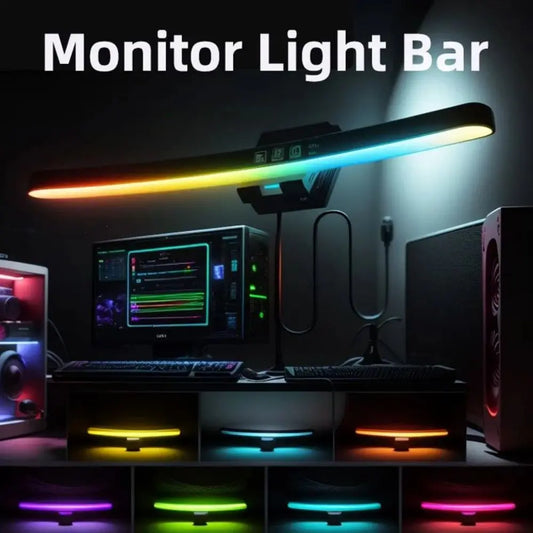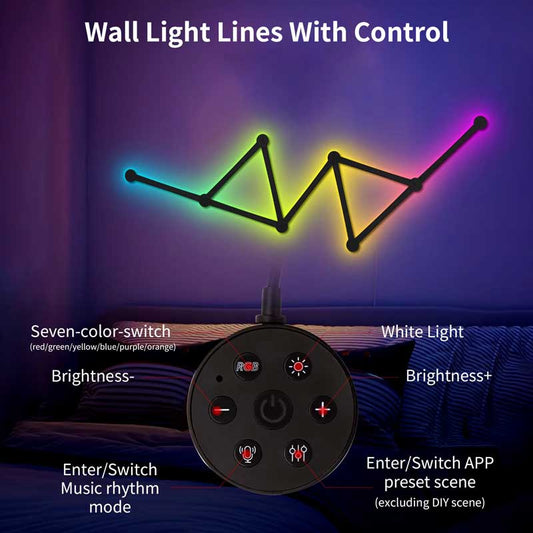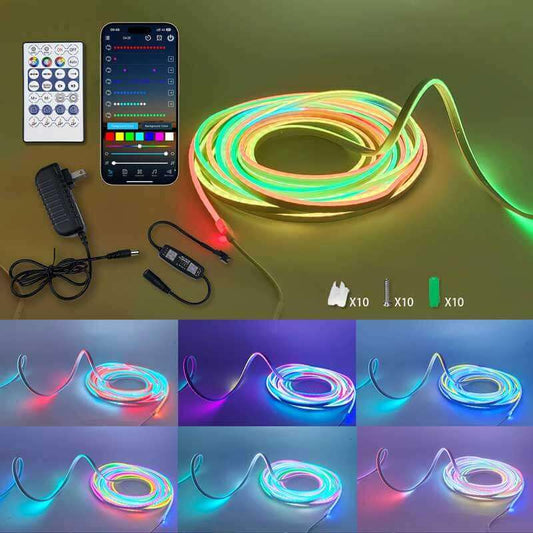What are common issues with motion sensor lights that I should be aware of?
Share
Motion sensor lights are convenient and effective security solutions, but like any technology, they can encounter issues. Here are some common problems you should be aware of when using motion sensor lights:
-
False Alarms: One of the most common issues with motion sensor lights is false alarms. This occurs when the sensor is triggered by non-threatening movements, such as small animals, swaying branches, or changes in temperature. Adjusting the sensitivity level or repositioning the sensor can help reduce false activations.
-
Limited Range: Some motion sensor lights may have a limited detection range, which can result in areas not being adequately covered. Ensure that the sensor is positioned correctly and is facing the desired area to maximize coverage.
-
Interference: Interference from nearby sources such as other electronic devices, radio frequencies, or even sunlight can affect the performance of motion sensor lights. Try to minimize sources of interference and adjust the sensor's settings to mitigate the impact.
-
Weather Conditions: Extreme weather conditions like heavy rain, snow, or intense sunlight can impact the functioning of motion sensor lights. Ensure that the lights are weatherproof and designed to withstand outdoor elements.
-
Power Supply Issues: Motion sensor lights may experience issues if there are power supply interruptions or fluctuations. Check the power source, wiring, and connections to ensure a stable power supply.
-
Obstructions: Objects blocking the sensor's view or movement can prevent it from detecting motion accurately. Clear any obstructions in front of the sensor to ensure proper functionality.
-
Old or Faulty Sensors: Over time, motion sensors can wear out or become faulty, leading to inconsistent performance. If you notice persistent issues with your motion sensor lights, it may be time to replace the sensor unit.
-
Inadequate Installation: Improper installation of motion sensor lights, including incorrect positioning of the sensor or insufficient mounting, can lead to performance issues. Follow the manufacturer's instructions carefully when installing the lights.
-
Battery Life: If your motion sensor lights are battery-powered, monitor the battery life regularly and replace batteries as needed to ensure consistent operation.
By being aware of these common issues and taking proactive steps to address them, you can maximize the effectiveness of your motion sensor lights and ensure that they continue to provide reliable security and convenience for your home.




